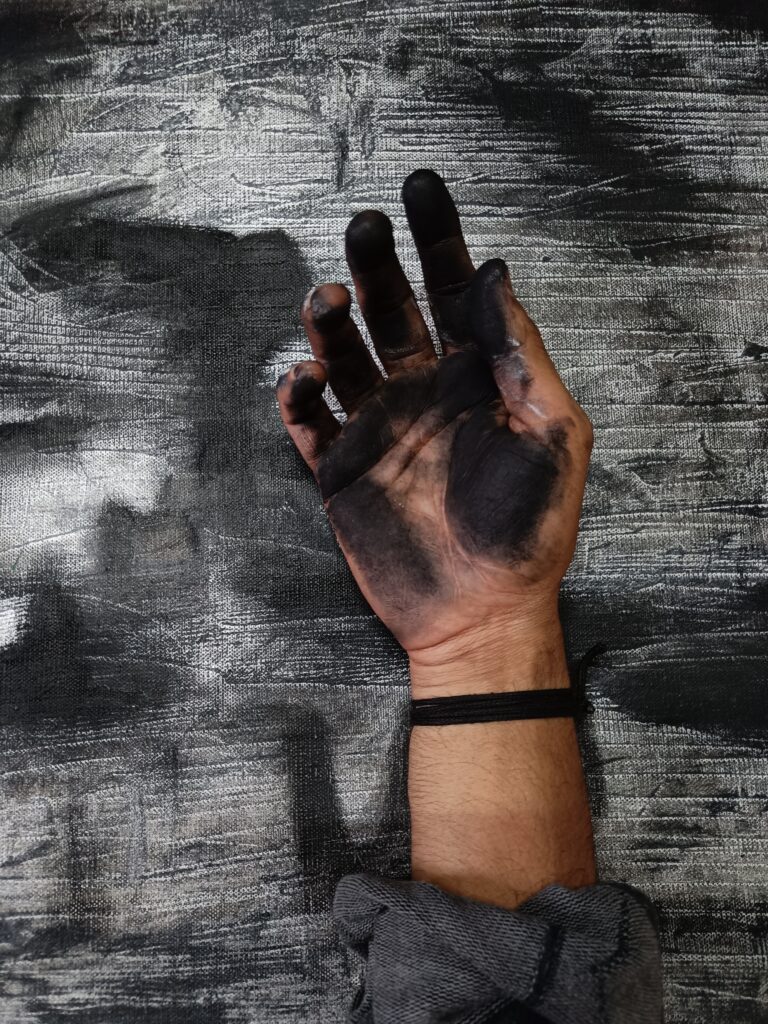
1. Minimize Direct Sunlight
Exposure to direct sunlight is one of the most common causes of fading in artwork. Ultraviolet (UV) rays can break down pigments, leading to a loss of vibrancy in paintings, prints, and textiles. To protect your art from fading, avoid displaying pieces in areas that receive intense sunlight. If it’s not possible to avoid natural light, consider using UV-protective glass or acrylic for framed pieces. Additionally, install shades or curtains to control the amount of sunlight entering the room.
2. Proper Handling
Handling artwork improperly can cause accidental damage. Avoid touching the surface of the artwork directly with your hands, as oils and dirt can transfer onto the piece, leading to discoloration or damage. Always wear cotton gloves when handling artwork to prevent these issues. If gloves aren’t available, make sure to only touch the artwork by the edges or the frame. Proper handling is especially important when moving or cleaning pieces, as even minor mistakes can cause irreparable harm.
3. Maintain a Stable Environment
Fluctuations in temperature and humidity can significantly damage artworks, especially those made of organic materials like canvas, wood, or paper. High humidity can lead to mold growth, while low humidity can cause cracking or warping. Try to keep the artwork in rooms with a stable temperature (ideally around 18-21°C or 65-70°F) and relative humidity between 40-50%. Use a dehumidifier or air conditioner if necessary, especially in areas prone to extreme conditions. Consistent environmental conditions will help prolong the life of your artwork.
4. Dust Regularly
Accumulated dust can dull the appearance of your artwork over time. To maintain the surface’s vibrancy, dust your pieces regularly using a soft, dry, lint-free cloth or a natural bristle brush. Avoid using cleaning solutions or water, as these can damage certain types of art, especially works on paper or canvas. For delicate pieces, like sculptures with intricate details, consider using a soft brush to reach into crevices. Regular dusting will help keep your artwork looking fresh without the risk of damage.
5. Inspect for Damage
Regularly inspect your artwork for any signs of deterioration, such as fading, discoloration, mold, or cracks in the paint or surface. Catching issues early can prevent further damage and save you costly restoration work. If you notice any concerning signs, consult a professional conservator who can assess and recommend appropriate treatments. Preservation is key to ensuring your investment in art retains its value and beauty over time.
By following these tips, art buyers can protect their investment and enjoy their collection for years to come. Proper care ensures that the artwork maintains both its aesthetic and financial value, preserving its history for future generations.


